Table of Contents
Introduction to Spice Basics and Chili Ribs
If you're a spice enthusiast or a seasoned chef, you've probably heard the term 'chili ribs' used in various culinary contexts. But what exactly does it mean? And how can you make the most of this key component in your cooking? In this article, we'll dive into the world of spices and explore the significance of chili ribs—a critical element for controlling heat and enhancing flavor.
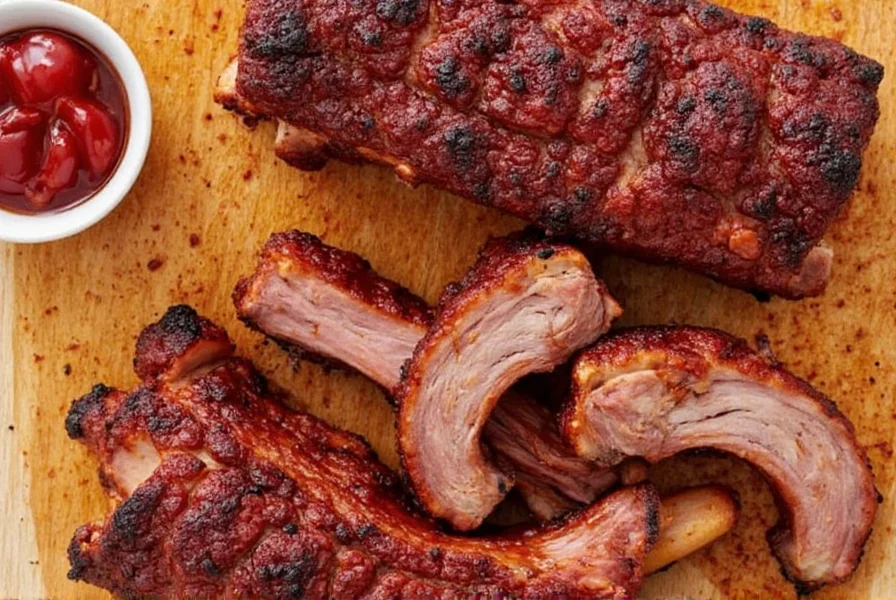
Whether you're grilling up a storm or experimenting in the kitchen, understanding the role of chili ribs can elevate your dishes from good to unforgettable. Let's break it down together.
Understanding the Basics of Spices
Before we get into the nitty-gritty of chili ribs, it's essential to understand the fundamentals of spices. Spices are natural flavorings derived from seeds, bark, roots, flowers, or fruit. They add depth, heat, and complexity to food, transforming simple ingredients into something extraordinary.
Common spices include black pepper, cumin, paprika, cinnamon, and chili powder. Each has its own unique profile, and when used correctly, they can enhance any dish. However, mastering their use requires knowledge, practice, and a bit of flair.
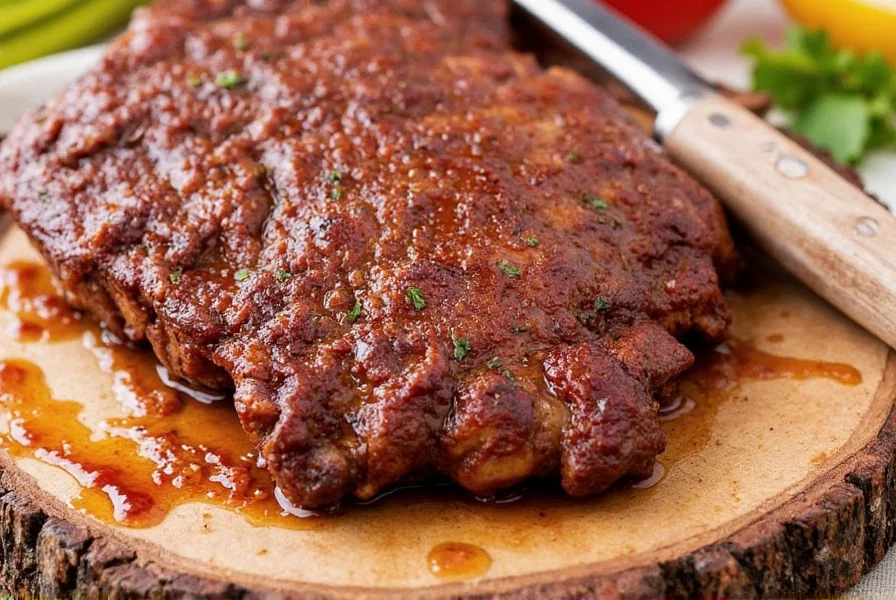
Now, let's talk about chili ribs. This term refers to the part of a chili pepper that contains the most concentrated flavor. Think of it as the 'meat' of the pepper—the core that gives it its punch. For example, in chili peppers, the ribs (also known as the placenta) are the white membranes that contain the seeds and the highest concentration of capsaicin, which is responsible for the heat.
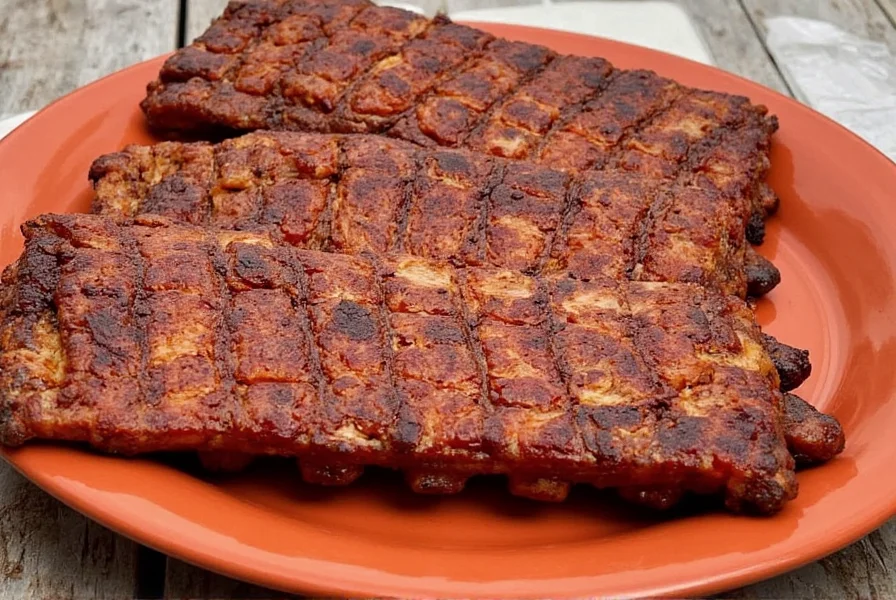
What Exactly Are Chili Ribs?
So, what exactly are chili ribs? In the context of spices, especially hot ones like chilies, the ribs are the central white veins that run through the pepper. These are where the heat is most concentrated. If you've ever felt a burning sensation after eating a spicy dish, it's likely due to these ribs.
But chili ribs aren't just about heat. They also refer to the structural part of a chili pepper that holds the flavor. In other words, it's the backbone of the pepper's taste. Removing the ribs can significantly reduce the heat level of a dish, while leaving them in adds a bold, intense flavor.
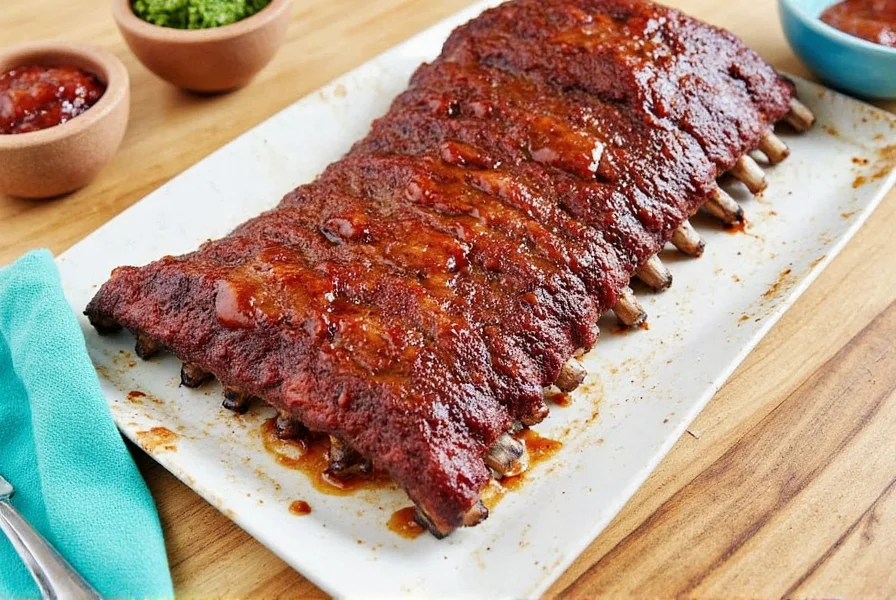
For those new to the concept, it's important to know that not all spices have ribs. The term is most commonly associated with chilies, but it can also apply to other spices that have similar internal structures. For instance, some dried peppers may have rib-like parts that contribute to their overall flavor profile.
Practical Tips for Cooking with Chili Ribs
Now that we understand what chili ribs are, let's look at some practical tips for using them in your cooking. Whether you're a beginner or an expert, these tips will help you harness the power of chili ribs without overdoing it.
- Know Your Heat Level: Different chilies have varying levels of heat, and the ribs play a big role in that. If you want a milder dish, remove the ribs before cooking. For a fiery kick, leave them in.
- Use Gloves: When handling chilies, always wear gloves to avoid transferring the oils to your skin or eyes. The oils from the ribs can cause irritation if not handled properly.
- Experiment with Balance: Don't be afraid to experiment with the amount of ribs you use. A little goes a long way, so start with a small quantity and adjust to taste.
- Pair with Complementary Flavors: Spicy dishes often benefit from sweet, sour, or creamy elements. Use ingredients like lime juice, yogurt, or honey to balance out the intensity of chili ribs.
- Store Properly: To maintain the potency of your spices, store them in airtight containers away from direct sunlight. This helps preserve the flavor and heat of chili ribs.
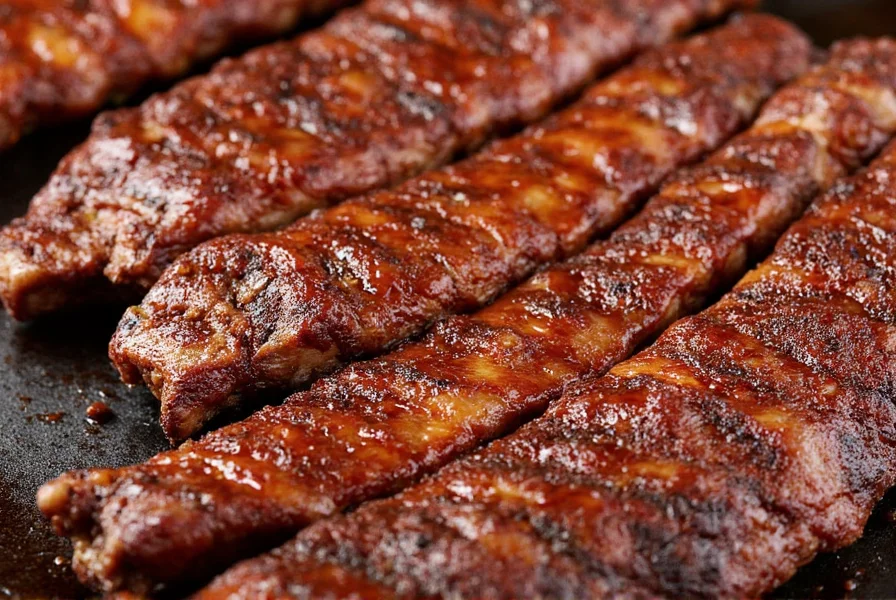
By following these tips, you can create dishes that are both flavorful and well-balanced. Remember, the key to great cooking is not just about adding spice—it's about knowing when and how to use it effectively.
Buying Guide for Spices and Chili Ribs
Recommended Spices for Chili Ribs
| Spice | Features | Best For |
|---|---|---|
| Chipotle Pepper | Dried and smoked jalapeño with strong smoky flavor | Grilling, sauces, and stews |
| Cayenne Pepper | High heat, fine texture, and vibrant red color | Hot sauces, rubs, and seasoning blends |
| Ghost Pepper | Extremely hot, with a fruity aroma and complex flavor | Extreme spice challenges, gourmet dishes |
When purchasing chilies or spices with chili ribs, look for fresh, high-quality products. Dried chilies should be plump and not brittle, while ground spices should have a strong aroma and vibrant color.
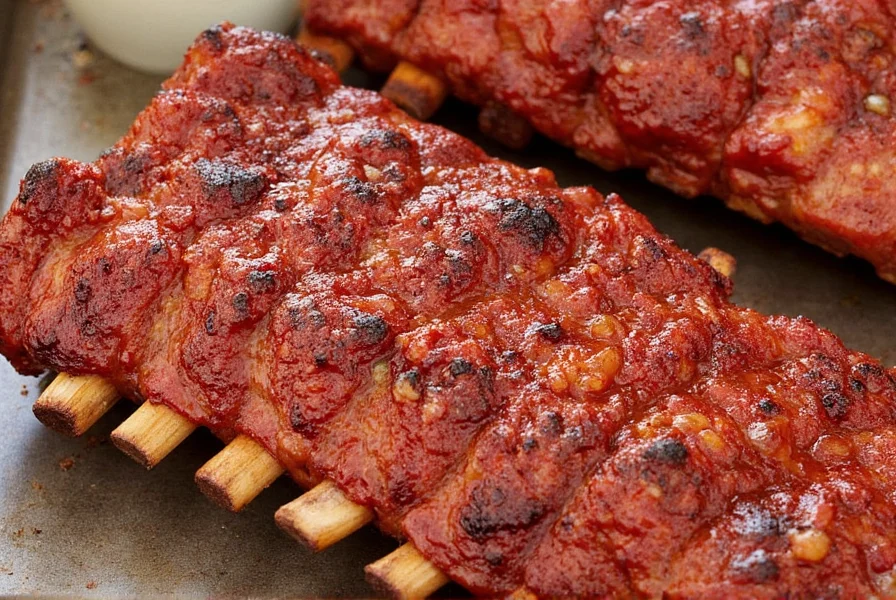
Tools for Handling Chili Ribs
Here are some tools that can help you work with chili ribs more effectively:
- Gloves: Essential for protecting your hands when cutting chilies.
- Cutting Board: A sturdy, non-slip surface for preparing chilies safely.
- Pepper Mill: Ideal for grinding whole chilies into powder for seasoning.
These tools can make your cooking experience more enjoyable and efficient, especially when working with spicy ingredients.
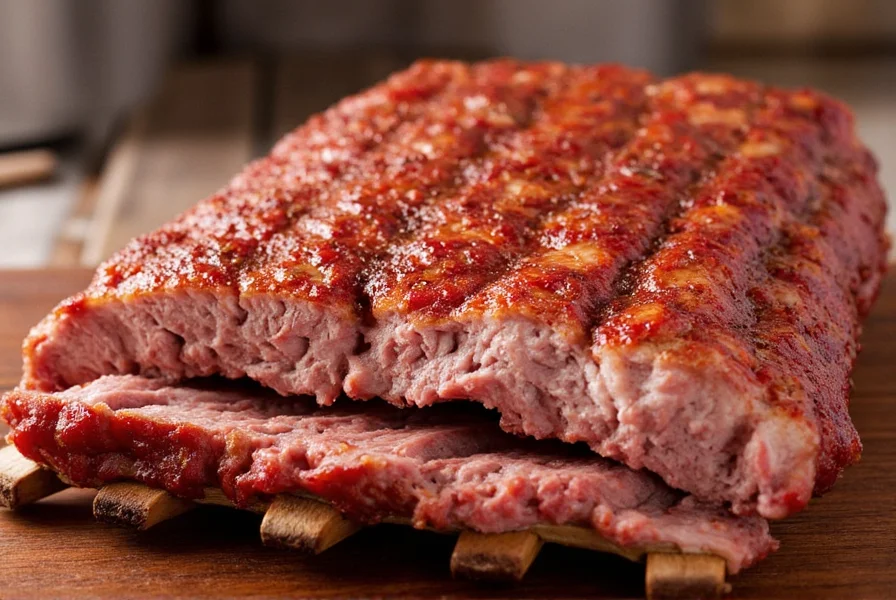
Frequently Asked Questions About Chili Ribs
What exactly are chili ribs in cooking terminology?
Chili ribs refer to the white, membranous veins running through chili peppers that contain the highest concentration of capsaicin—the compound responsible for heat. These ribs hold the structural integrity of the pepper and contain most of the seeds. Understanding and working with these ribs is crucial for controlling the spiciness of your dishes.
Why are chili ribs so much hotter than the rest of the pepper?
Chili ribs contain the highest concentration of capsaicin, the chemical compound that produces the burning sensation we perceive as "heat." The ribs (or placenta) are where the plant produces and stores most of its capsaicin as a defense mechanism. This is why removing the ribs significantly reduces the heat level while maintaining much of the pepper's flavor.
Should I always remove the ribs when cooking with chilies?
Not necessarily—it depends on your desired heat level. Professional chefs often remove just a portion of the ribs to achieve the perfect balance of flavor and heat. For milder dishes, remove all ribs and seeds. For authentic spicy cuisine, keep some ribs intact. Remember that the flesh of the pepper still contains flavor compounds even when ribs are removed.
What's the safest way to handle chili ribs without burning my skin?
Always wear disposable gloves when handling chilies, especially when removing ribs. Use a dedicated cutting board for spicy ingredients, and avoid touching your face during preparation. If you get chili oil on your skin, wash with soap and cold water (not hot, which opens pores). Milk or yogurt can help neutralize capsaicin if soap isn't sufficient.
Can I use chili ribs to control spiciness in pre-made sauces?
Absolutely. When adjusting store-bought sauces, add small pieces of chili ribs rather than whole chilies. Start with 1/8 of a rib from a medium-heat pepper like jalapeño, simmer for 5 minutes, then taste. The ribs infuse heat more gradually than seeds alone. Remember that heat intensifies as sauces cook, so add incrementally and allow time for flavors to meld.
Do dried chilies still have usable ribs?
Yes, dried chilies maintain their rib structure, though they're more fragile. When rehydrating dried chilies for sauces or moles, you can choose to remove the ribs before or after soaking. Many Mexican chefs prefer to remove ribs from dried chilies like guajillos or ancho peppers to control heat while preserving their distinctive fruity flavors.
What's the difference between chili seeds and ribs?
While often discussed together, the ribs (placenta) and seeds are different components. The ribs are the white membrane that holds the seeds and contains the highest concentration of capsaicin. Seeds pick up heat from contact with the ribs but contain minimal capsaicin themselves. For precise heat control, many chefs remove just the ribs while keeping the seeds for visual appeal.
Conclusion
In conclusion, chili ribs are more than just a culinary detail—it's a fundamental aspect of spice flavor and heat. Understanding its role in cooking can help you create more balanced and flavorful dishes. Whether you're a spice enthusiast or a professional chef, learning to work with chili ribs can take your culinary skills to the next level.
So, the next time you reach for a chili or a spice blend, remember: the ribs are the heart of the flavor. Treat them with care, and you'll be rewarded with a delicious, fiery experience that's sure to impress.
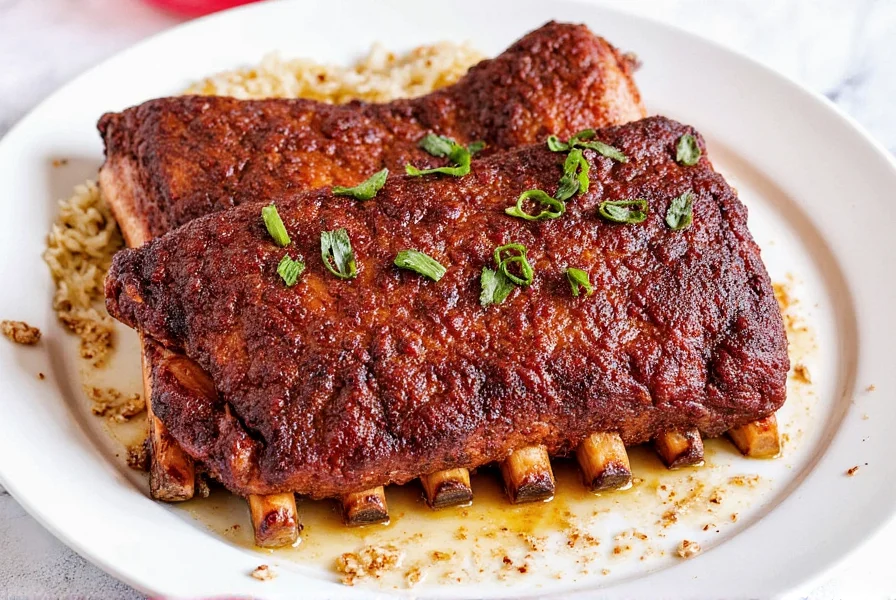
With this guide, you're now equipped with the knowledge to confidently use chili ribs in your cooking. Happy spice exploring!

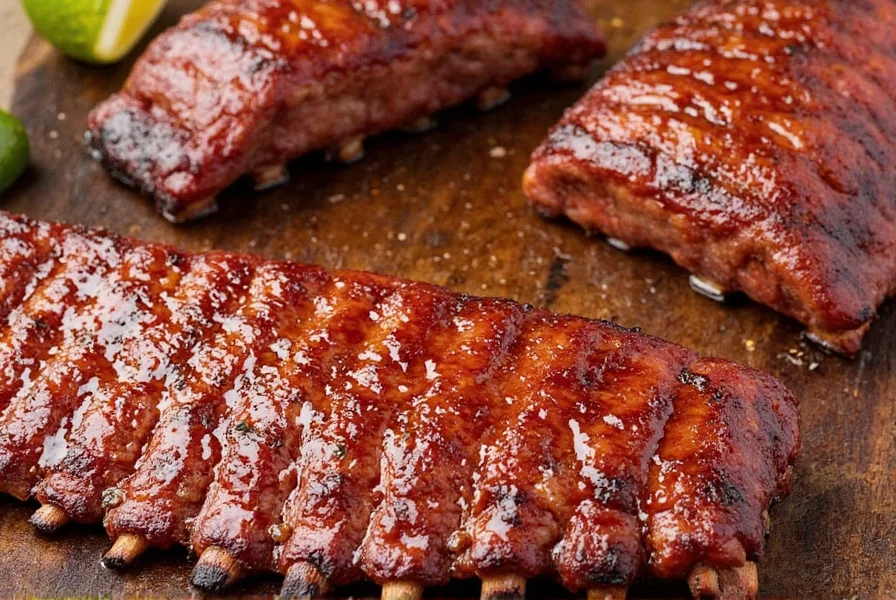









 浙公网安备
33010002000092号
浙公网安备
33010002000092号 浙B2-20120091-4
浙B2-20120091-4